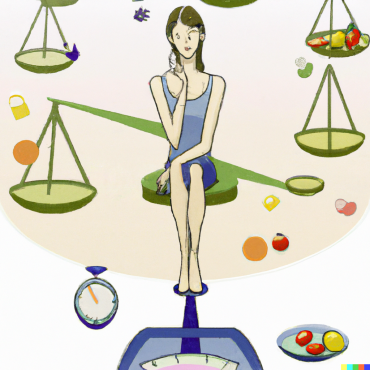From family dinners to parties, to sporting events and nightcaps, alcohol is part and parcel of most of social occasion. Yet, it continues to be a mysterious entity for most of us, the problem associated with alcoholism might be well known, but what about the impact of social drinking or a moderate intake of alcohol? Does the risk it presents outweigh the benefits on consumption?
Indulge in that occasional drink if you must, without going overboard. I don’t drink myself; however, most of my friends do. Indeed, they trend towards alcohol consumption appears to be increased, both among men and women. Keeping this in mind, I concluded it would be easier to go with flow rather than ban completely.
Myth #
Beer is less intoxicating than other types of alcoholic beverage.
Fact#
One 12 ounce can of beer, one 4 – ounce glass of wine or one normal mixed drink or cocktail are all equally intoxicating.
Myth #
Cold Shower, fresh air or hot coffee help sober a person.
Fact #
Only time will remove it from the system. It takes approximately one hour to eliminate 15 ml of alcohol.
Myth#
Eating big meals before you drink will keep you sober.
Fact #
Drinking on full stomach will only delay the absorption of alcohol into bloodstream, not prevent it. Eating before you drink is not defense against getting drunk.
Myth #
Some forms of alcohol, such as red wine are better than others.
Fact#
Some studies suggest low risk drinking can lower the risk of heart disease. Media reports often cited red wine as most heart friendly form of alcohol. It is in fact the ethanol found in all alcoholic beverages is touted to produce positive health effects. However, recent analysis has questioned these benefits.
While a little may be good for your heart, more is certainly not better. Research suggest that the maximum possible benefits would be obtained by men drinking only 2 standard drinks a day, and women drinking just 1. Drinking slowly while eating meal or nibbling away at some form of food slows intoxication and is healthier.
Myth #
Alcohol has same effect on both men and women.
Fact #
Women generally have a lower percentage of body water the men of similar body weight, so there is less liquid available to dilute it. A women who drinks the same amount of alcohol as man will always have a higher blood alcohol concentration in her body, and will therefore be more intoxicated and at greater risk of harm. Women who are dieting are even more at risk of negative effects of alcohol. Because women have smaller liver, the organ that breaks down alcohol in body, long term drinker can suffer from liver damage after consuming less alcohol than their male counterparts. There is risk of breast cancer also increases over time.
Myth#
Switching between beer, wine and liquor will make you a drunkard.
Fact #
Mixing types of drinks may make you sicker by upsetting your stomach, but not more intoxicates. Alcohol is alcohol.
Myth#
A pregnant woman can’t harm her baby by having just one drink of it
Fact#
Research has not yet identified safe levels of alcohol use during pregnancy, so nobody can say for certain whether a single drink can harm fetus or not . However, recent studies shows moderate levels drinking during pregnancy may affect a baby’s birth weight, growth and brain development. Within the whole range of serious alcohol related effects (known collectively) as Fetal Alcohol Spectrum Disorder or FASD) the most severe sets involves central nervous system dysfunction, growth deficiencies and head and face abnormalities. These effects, called Fetal Alcohol Syndrome, are usually the result of a mother’s heavy drinking in conjunction with other factors such as poor overall health. The safest Choice is to avoid alcohol during pregnancy
In short, Alcoholic beverages are high in calories and, at 7 calories per grams of alcohol, are almost par with fats! It is therefore critical to limit alcohol intake alcohol does not provide any nutrients, only empty calories.

























































Comments